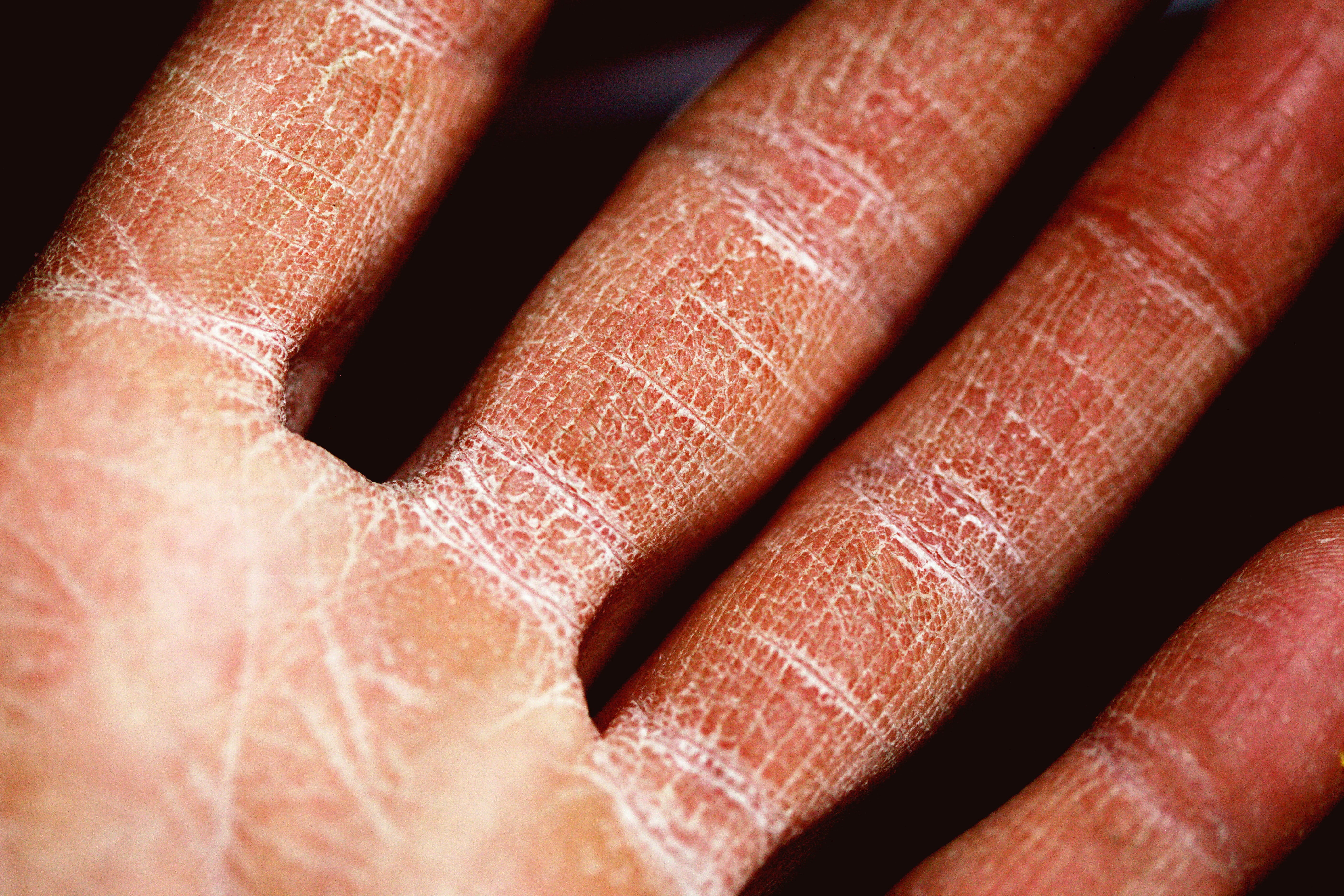Melasma and hyperpigmentation

What is life withour colors? Monotonous, bland and unexciting. Pigmentation refers to coloring of the skins. Your skin gets its color from a pigment called melanin. Skin pigmentation disorders affect the color of your skin. If your body makes too much melanin, your skin gets darker, known as hyperpigmentation. However, your body also can makes too little melanin which then make your skin lighter for example in the case of vitiligo and albinism.
Hyperpigmentation is an umbrella terms used to cover any number of conditions in which patches of skin are darker than the surrounding skin including darks spots from sun exposure like freckles, age spots, acne scarring, trauma and melasma. Exposure to harmful UV radiation cause damage to DNA within the skin cells leading to overproduction of melanin and premature ageing. This skin damage can manifests in many ways, from harmless freckles to more severe skin cancer such as melanoma.
Melasma is a form of hyperpigmentation that is more commonly seen in women and is thought to be triggered by sun exposure as well as hormonal changes from pregnancy, menopause and use of medication (such as oral contraceptive pills and HRT) and often referred to as 'the mask of pregnancy' as many women experience melasma during this time. While melasma can affect anyone, people with darker skin tones and people with a family history of melasma are more likely to suffer from the condition. In addition to its causes, another distinguishing feature of melasma is its difficulty of treatment. Whereas some types of hyperpigmentation can be treated with topical creams, melasma is not treated so easily due to the hormones that contribute to its cause in the first place.
The treatment of melasma and hyperpigmentation depends on its severity. First line topical treatment includes use of depigmenting agents such as Hydroquinone with/without topical retinoid or in combination together with steroid (such as Triluma). Prolonged use can cause skin thinning, irritation and telangiectasia. Other topical agent that can be used including vitamin C, azelaic acid, kojic acid, arbutin and niacinamide. Oral tablet such as tranexamic acid can be use as a short course treatment. Non-pharmacological treatment includes chemical peel and laser treatment. During the early stage of treatment, patient may noticed initial increase in pigmentation, and thus patience is key as the effect best seen only after 8 to 12 weeks of treatment
The most important steps for prevention of hyperpigmentation and melasma is sun protection with proper clothing, a nice piece of hat with colourful umbrella and diligent use of sunscreen. Be fastidious about applying sunscreen daily, even when you are indoors and avoid direct sunlight and heat especially during the peak hours of 10 a.m. to 2 p.m. Minimize touching, scratching, or picking at your pimples as this can lead to post-inflammatory hyperpigmentation.
If you suffer from melasma and hyperpigmentation, talk to our doctor to discuss on the right treatment for you.



